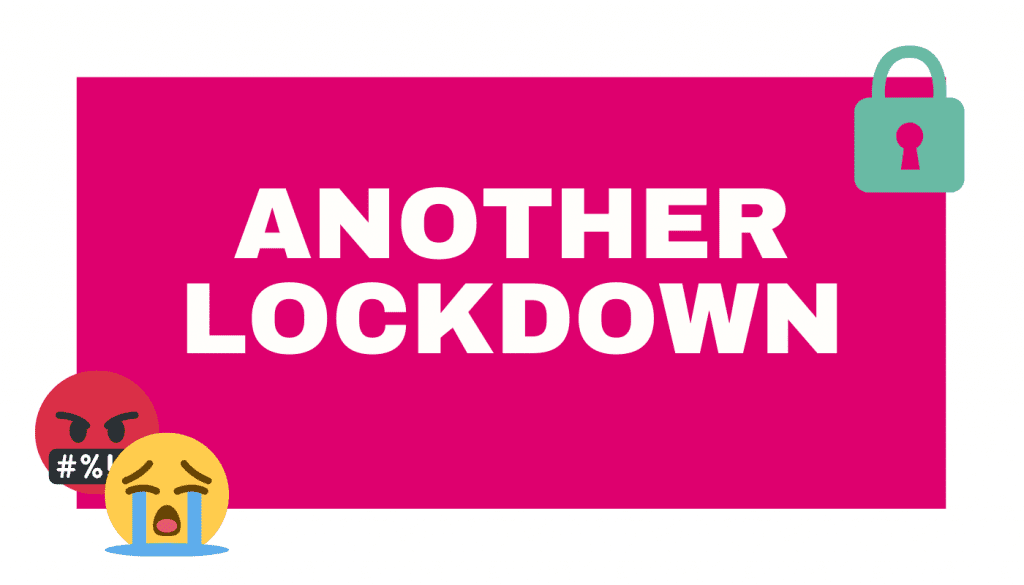
For a business to grow sustainably (and to successfully make it through the financial bumps in the road), cash flow…

For a business to grow sustainably (and to successfully make it through the financial bumps in the road), cash flow…

While sometimes it’s necessary to take on clients at a lower price than we want – especially when we are…

Two sports teams both have the goal to win the game at hand, but only one can. This shows that…

As we keep plunging deeper into a global recession, it can be tempting to panic and dither with decisions, but…

Employees are sometimes afraid to voice their opinions. The same goes for disappointments, frustrations or general ideas, especially when it…

As author Dough Hall correctly put it, “if your profit margins aren’t rising, chances are your company isn’t thriving.” Makes…

The pandemic may have forced hundreds of businesses to convert from co-located teams to 100% virtual teams in a matter…

Whether a post-lunch slump or screen fatigue, we have all experienced an energy drop during our working day. For a…

Yesterday the Scottish and English governments announced national lockdowns with schools being closed. The net result being all of England…